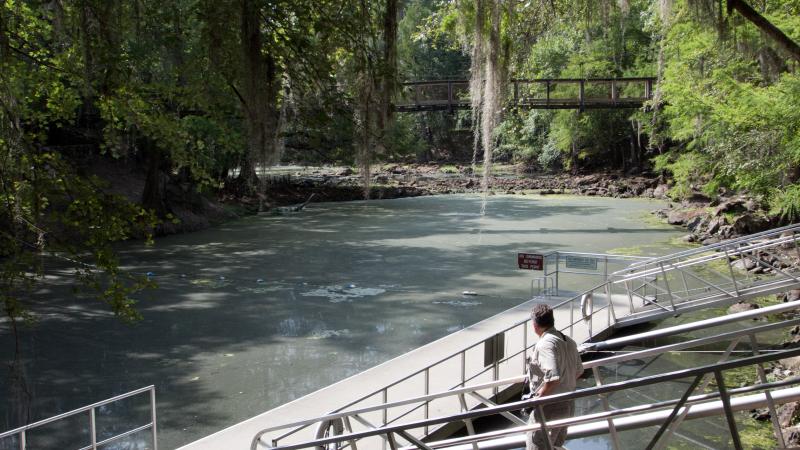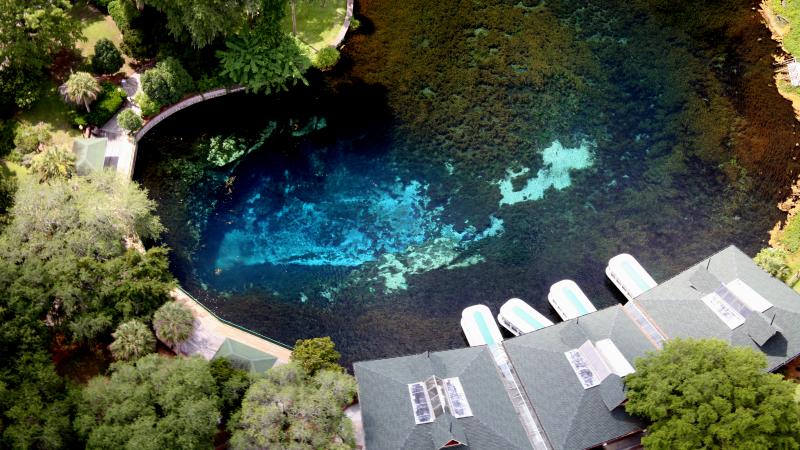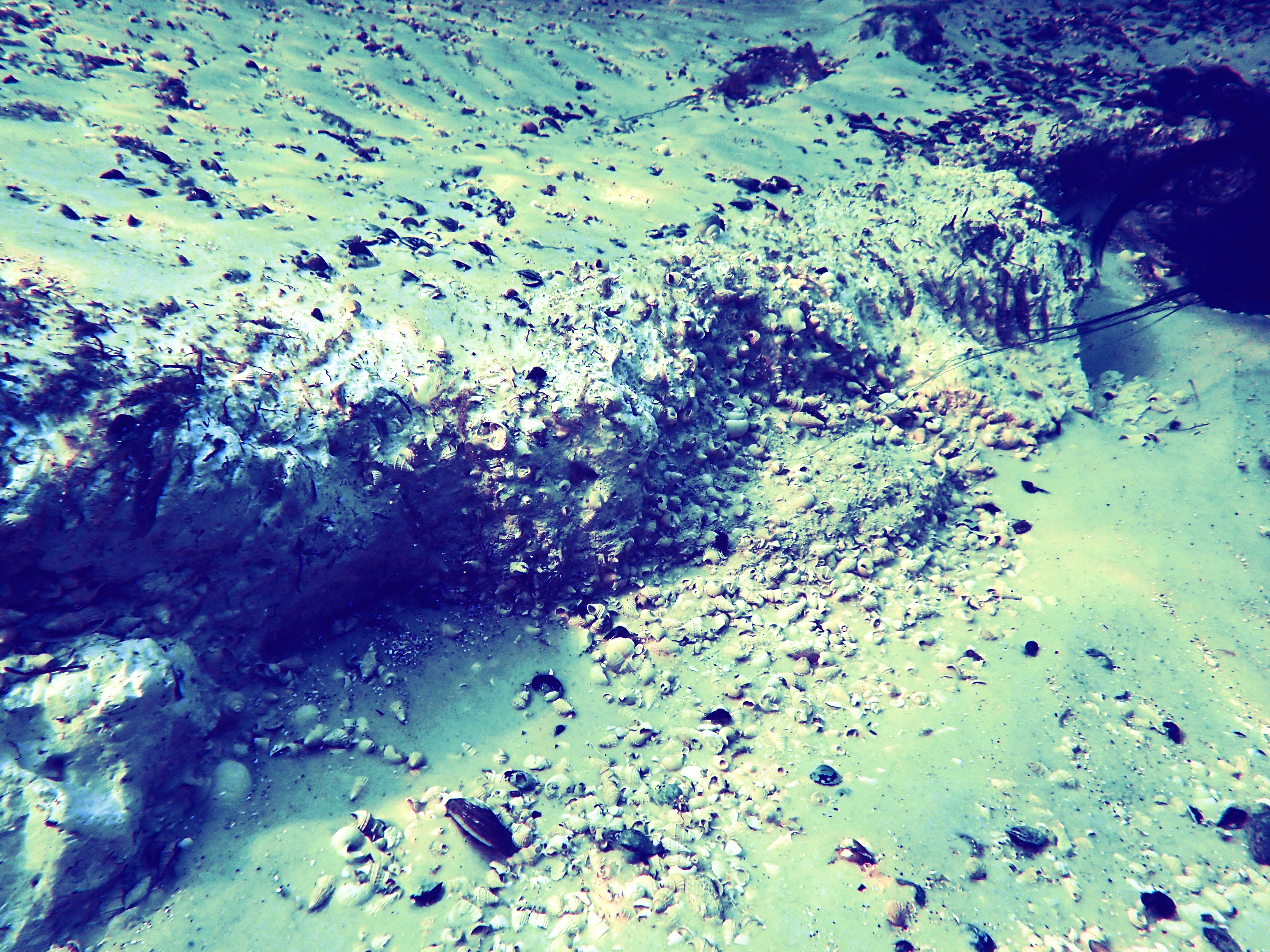
Geology of Edward Ball Wakulla Springs State Park
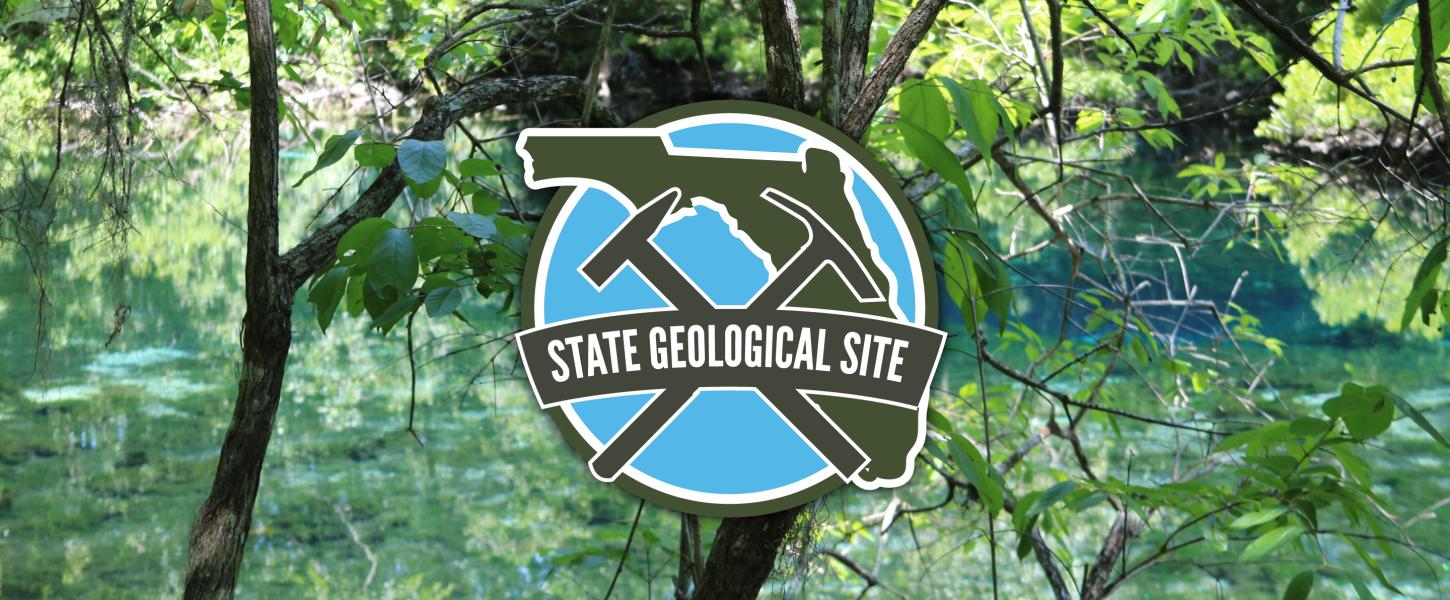
Wakulla Spring is located in a region known as the Woodville Karst Plain because the area contains numerous springs, sinkholes and submerged cave systems formed by the dissolving of limestone over thousands to millions of years. The extensive cave system beneath Wakulla Spring extends more than 32 miles and serves as a network of conduits that supply the more than 250 million gallons of water per day that discharges from the spring. Flow from the spring could fill an Olympic swimming pool every few minutes!
The geologic strata exposed in the cave beneath Wakulla Spring reveal a magical world of carbonate rocks, deposited over millions of years, that have slowly been dissolved by the power of water. The conduit system that sustains the flow of water to the spring is developed in the lower Oligocene Suwannee Limestone. This sediment that comprises the Suwannee Limestone was deposited in a shallow sea that inundated Florida between 28 and 34 million years ago. The Suwannee Limestone is typically a white to pale orange limestone composed of sand-sized particles and frequently containing larger fossil shells and corals. It also might contain layers of tan to light brown dolostone, which is a rock formed by the alteration of limestone by magnesium-rich water.

The top of the Suwannee Limestone is encountered at a depth of 90 feet below the water surface within the Wakulla Spring cave. Overlying the Suwannee Limestone is the lower Miocene St. Marks Formation. This formation is 20 to 23 million years old and is exposed between 9 and 90 feet below the water surface. It is a white to pale orange, fossil-rich, sandy limestone. Although this formation is found below the water surface, there are several places where this formation can be observed at the surface along the nature trails within the park.
The numerous sinkholes in the area are developed in the St. Marks Formation, and in places, exposures of the unit occur within the Wakulla River. Overlying the St. Marks Formation is a thin layer of sand and clay deposited during the Pleistocene epoch, between 2.6 million years ago to 11,700 years ago. Most of these sediments are marine deposits that were left behind during times of high sea level during Florida’s geological past. Where the Wakulla River has exposed these Pleistocene sediments, it is not uncommon to find the fossilized bones of large animals that once lived in Florida. The fossil remains of mammoths, mastodons, giant sloths, camels, bison and saber-tooth tigers have all been found both in Wakulla Spring and in the Wakulla River.
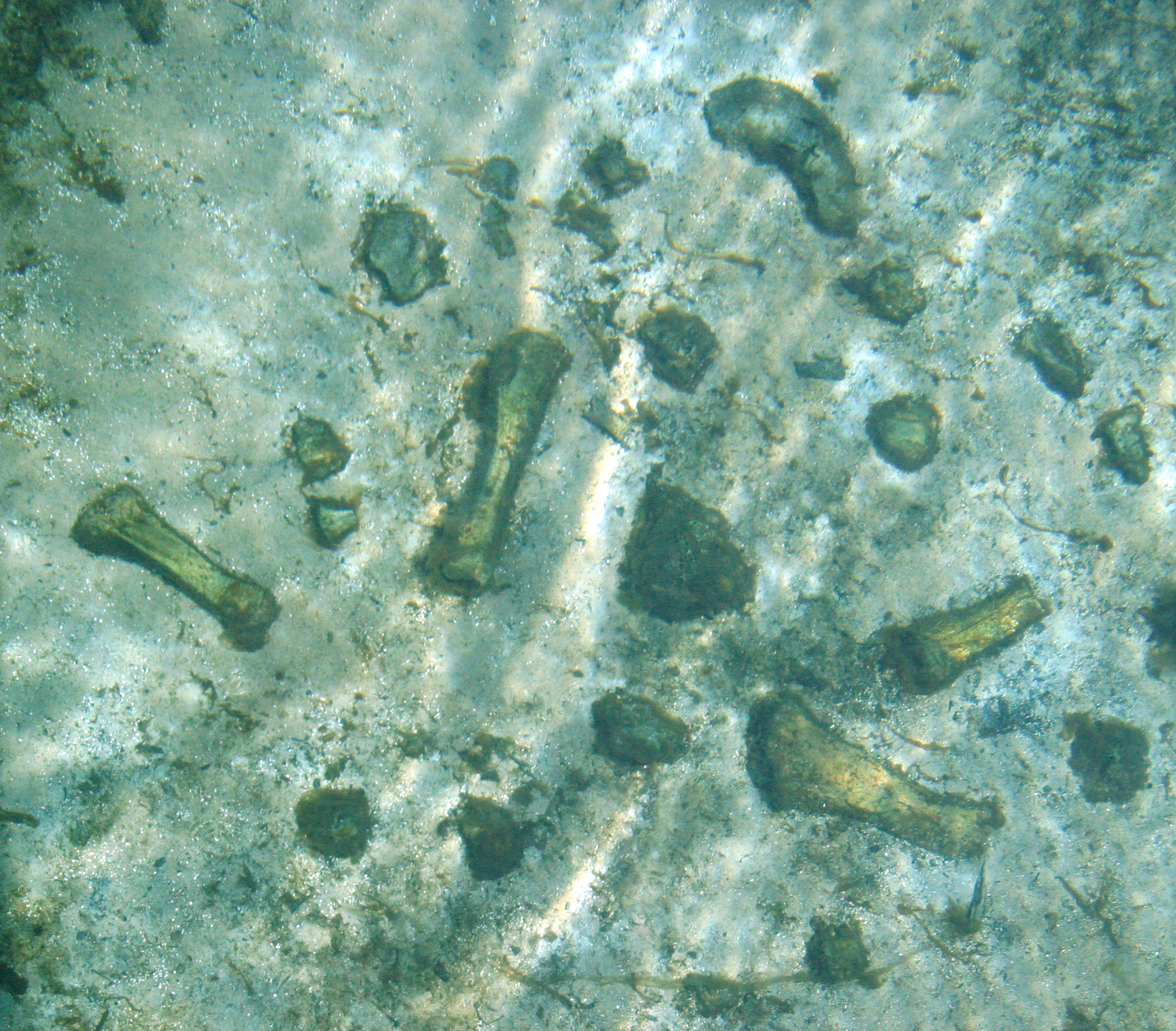
The water flowing from Wakulla Spring emerges from the Upper Floridan Aquifer. This aquifer is part of an extensive aquifer system, called the Floridan aquifer system, that underlies the southern portions of South Carolina, Georgia and Alabama as well as the entire state of Florida. Near Wakulla Spring, the Suwannee Limestone and St. Marks Formation are the geologic units that comprise the upper part of this aquifer system. These limestone units contain many interconnected holes, like a sponge, that transmit water to the network of conduits that provide water to the spring. Wakulla Spring is one of many hundreds of springs throughout Florida that act as discharge (flow) points for the Upper Floridan Aquifer.
Designation
On Dec. 20, 2018, Edward Ball Wakulla Springs State Park was officially designated the newest State Geological Site. Designated State Geological Sites are areas that DEP's Florida Geological Survey has determined to be significant to the preservation, scientific study and public understanding of geological history and resources in Florida. Additionally, designated Geological Sites provide opportunities to experience and learn about a site's geological features, its connection to the local ecosystem, and its significance in past and present culture.
Florida legislation authorizes the state geologist to designate sites that are of great and continuing significance for the scientific study and understanding of the geological history of Florida. Several sites have been identified, and the state geologist will identify 10 more sites over the next two years.
